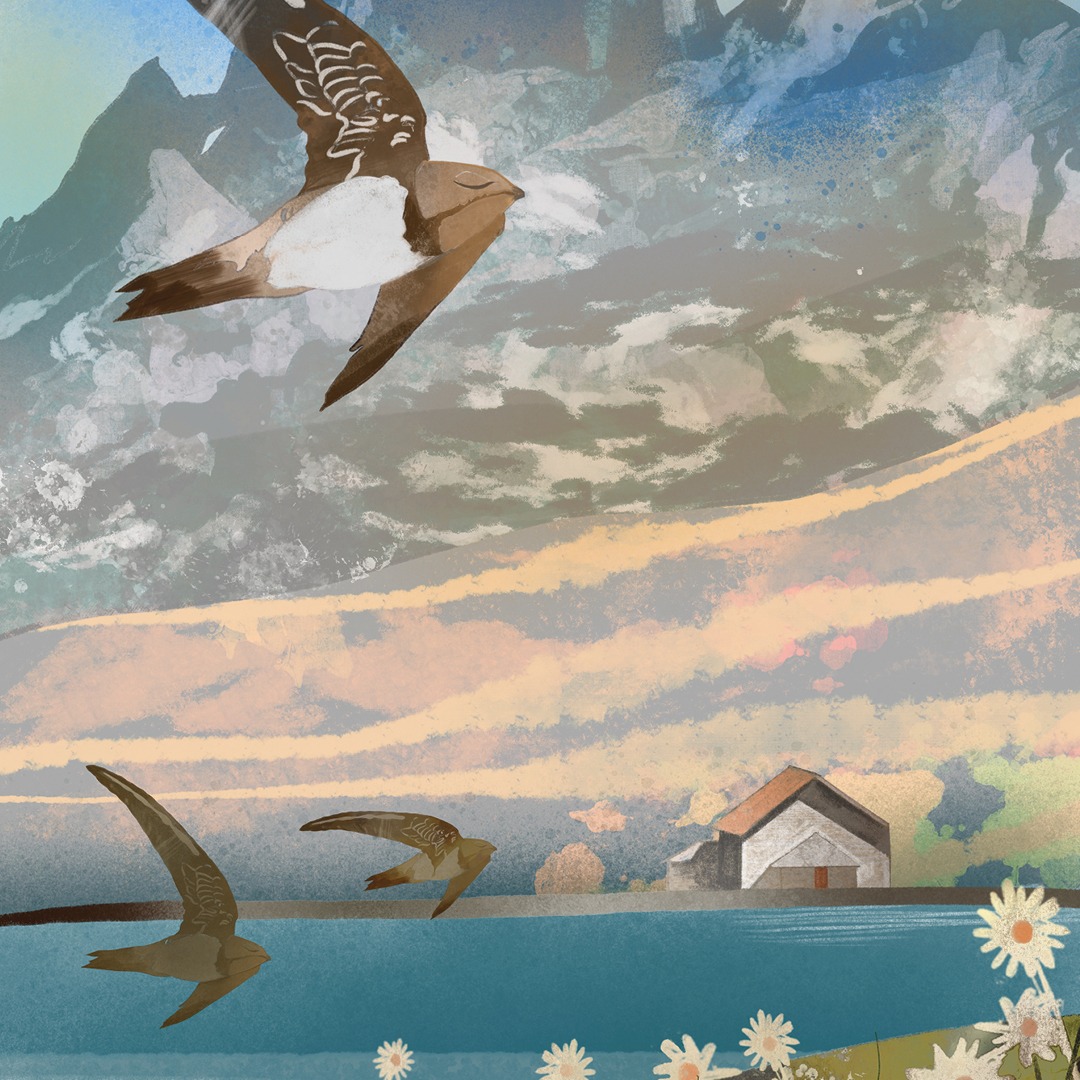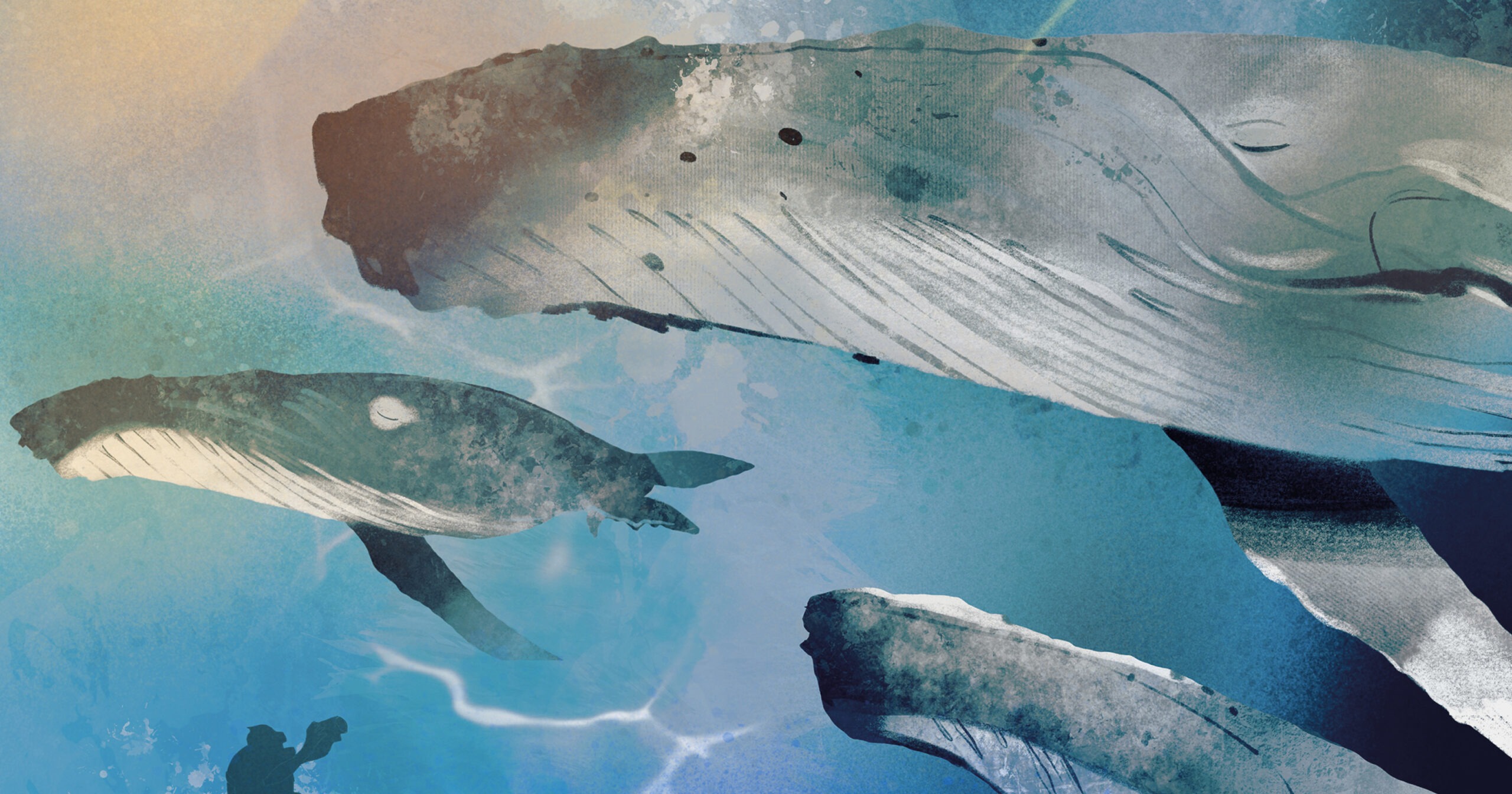You might be familiar with the phrase ‘Let sleeping dogs lie’, but it’s cats that are some of the laziest creatures in the animal kingdom. According to the Sleep Foundation, domestic cats sleep for around 12-18 hours a day in a polyphasic sleep pattern, meaning they sleep for multiple blocks of time, rather than one longer period. It’s these habits that inspired the word ‘catnap’ to describe a brief, light sleep. Wild cats such as lions and pumas follow a similar pattern, known as crepuscular, snoozing for much of their lives and experiencing two periods of higher energy each day – at dawn and dusk.
Researchers believe that prey animals such as cats have evolved this way to hunt more effectively – and they’re not the only creatures whose sleep varies hugely from that experienced by human beings. It’s universal that sleep is necessary for survival, but throughout nature, different sleep patterns have evolved. Dolphins and whales, for instance, sleep with only half of their brain at any one time, and migratory birds have the same ability. So, the next time you find yourself fretting over a poor night’s sleep, think of the giraffe – a mammal that can go for many days without any shut-eye. Here are some of nature’s most fascinating sleepers.
Underwater survival
Marine mammals sleep with only half of their brain – which is known as unihemispheric slow-wave sleep (USWS) – because they spend their lives underwater. Whale & Dolphin Conservation USA explains that being partially awake allows the mammals to continue breathing and remain aware of their surroundings. Its website explains: ‘Whales will usually stay in place as they sleep near the surface. As they rest, they are switching which hemisphere of the brain is awake. This resting behaviour is often called “logging” because they resemble a log floating at the water’s surface.’
This type of sleep is important because whales are voluntary breathers, meaning they must think about each breath they take and rise purposely to the surface to do so. Of course, they can hold their breath for long periods – about 90 minutes for a hunting sperm whale – but if they were to fall completely asleep and forget to rise to the surface to breathe, they would drown. Humans, on the other hand, are involuntary breathers, meaning breathing is automatically controlled by the brainstem and continues unhindered during sleep. Sperm whales are also believed to be the species that needs the least amount of sleep on the planet. They spend around only seven per cent of their day slumbering, usually in short 10 to 15-minute naps.
On the wing
Migratory birds also use USWS, so they can sleep on the wing, snoozing and navigating at the same time. One half of the brain is in deep, non-rapid-eye movement rest and the corresponding eye is closed, while the other half remains alert with that eye open. The Alpine swift can fly non-stop for 200 days, according to the Cornell Lab of Ornithology, making in-flight sleep essential. Brain scans on birds experiencing USWS reveal slow-wave sleep tracings on the side of the brain that’s asleep, while the other side shows the characteristic tracings of wakefulness. It means the birds can spring into action and take flight quickly if under threat, but also rest effectively during long migrations. On land, birds can switch between sleeping simultaneously with both brain hemispheres to just the one and, after long migrations, use this to pay off their sleep debt and catch up on rapid-eye-movement (REM) sleep.
In the human world, famous names including Margaret Thatcher, Thomas Edison, Napoleon Bonaparte and Leonardo da Vinci, reportedly got by on relatively little sleep. But in the animal kingdom, there are species that make the UK’s late prime minister Margaret Thatcher’s rumoured four to five hours a night look lazy. Giraffes are thought to spend just eight per cent of their days asleep and are known to stay awake for 24 hours at a time. They have evolved to need an average of just 30 minutes a day and usually sleep standing up because of the amount of time it would take them to clamber to their feet and run away if attacked by a predator. They sometimes prop themselves against trees for support, but most of the time they’re only lightly snoozing anyway.
Giraffes in captivity, where there is no threat of predation, behave differently, with some zoos observing them sleeping for up to six hours a day. The Giraffe Conservation Foundation explains that giraffes cannot support their own necks during REM sleep, so to get around this, they lie down for micro-sleeps of around five minutes in length, curling their long necks around to rest their heads on their rumps as they do so.
Safe practice
For many wild animals, being asleep leaves them vulnerable to predators. Some, like the giraffe, as mentioned, and also zebras, horses, flamingos, elephants and cows, can sleep standing up. Others have evolved different habits to improve their safety. Sea otters hold hands – or paws – and even cuddle when they fall asleep to prevent themselves from drifting away from each other in the ocean. They also sleep together, floating on their backs in large groups called rafts, which helps them to stay warm. Other animals choose seemingly precarious sleeping positions, out of reach of predators. According to the Wildlife Society, gelada monkeys in the Simien Mountains in Ethiopia have adapted to sleeping on cliffsides where the native wolves can’t reach them. Meanwhile, bats sleep hanging upside down, locking their strong talons to keep themselves in place and tucking their heads into their wings.
Have you ever seen a line of ducks sitting in a row? The birds have developed this way of resting communally, side by side, as protection from any threats. Interestingly, the ducks on the inside of the rows, with companions either side, enjoy duel-hemispheric rest, while the ducks on the end of the rows use USWS sleep to keep the eye on the outside open.
In hibernation
Perhaps one of the most impressive feats in nature is the ability of some animals to hibernate, slowing many of their bodily functions to a kind of stasis and going without food for months on end. Technically, hibernation is different to sleep, because it’s an extended period of torpor rather than a cycle of rest. The metabolism falls to less than five per cent of normal, heart rate and breathing slows, and there’s a marked decrease in body temperature. Hibernating animals cool their bodies by around 5°C to 10°C, but they also have periods of intermittent wakefulness and warming up, which scientists think could help them fall into periods of actual sleep or give their immune systems a boost to fight disease. Animals that hibernate during the winter months include bats, hedgehogs, dormice, bears, bumblebees, some tortoise species, groundhogs and frogs. Snakes enter a state known as brumation, a semi-hibernation state where they become less active. And, incredibly, snails in colder climates can hibernate for up to three years, surviving without any food during that time.
Let sleeping dogs lie?
Domesticated dogs have evolved their sleep habits to match their human companions, so most sleep through the night. But they do need more sleep than people – with adult dogs generally requiring between eight and 13-and-a-half hours a day, according to the Sleep Foundation. Daytime naps are important and studies have shown that well-rested dogs are often more relaxed and make happier pets. When sleep-deprived, dogs can experience the same mood issues as humans, reacting more intensely to stressful situations, feeling irritable and experiencing poorer memory.
Sleep also appears to have an impact on a dog’s ability to learn – just like people – and they can even experience similar sleep disorders, such as narcolepsy and obstructive sleep apnea. Dogs’ sleep can be improved with the same sleep-hygiene habits that work for some humans, such as having a regular schedule, a comfortable bed and a quiet and dark sleeping area. So, perhaps it really is best to let sleeping dogs lie.


